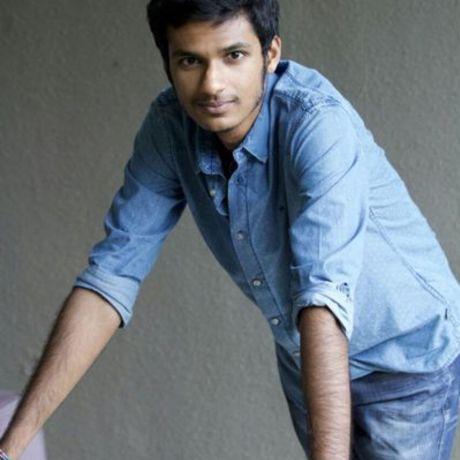Car Showroom
- 0 Collaborators
The aim is to build a virtual car showroom that will enable the user to navigate and check out the various models from home without actually visiting the showroom. The showroom will be built by the Virtual World Generator (VWG) which is a closed loop system. The user can walk around in the showroom or jump from one location to the other using menus or other GUI's. ...learn more
Project status: Under Development
Overview / Usage
The project is aimed at building a car showroom virtual world using 3D models of various objects created in a model building software like Maya, 3ds Max or Blender. The models are scaled appropriately to obtain realism and proportion. Various textures and lighting conditions are applied to build a realistic virtual world. The virtual world contains some physics which are applied to models of cars, walls and glass boundaries which prevent the user (viewer) from moving through them, moving them and so on. The use of human characters adds a significant amount of realism to the virtual world. The human figures are guided through animations and various actions like sitting, moving, standing, hand and body gestures, etc. Further, this project uses a ray casting technique to point the reticle pointer in the appropriate direction. The Virtual World Generator (VWG) accepts user input through a button click (or gaze for menus). On button click, depending on the current state of the user, the user will either start moving forward in the direction of the reticle pointer or stop if already moving.
This project can be enhanced/modified for any kind of application such as online shopping so that users can get a realistic view of the products and can add them to the cart by using gaze based control or button press. The project can be built even on simple Google Cardboard headsets which are inexpensive and thus provides accessibility to a large range of users.
Methodology / Approach
The entire project is build using Unity 3D software framework using C# as the scripting language. The VR based reticle pointer is implemented using a ray casting technique and then changing the camera orientation to point in that direction. We also use a simple complementary filter to enable head tracking using the IMU from the mobile phone. The gyroscope data is corrected using a complementary filter to reduce drift errors (Kalman filter can also be used for the same). 3D models are built in Blender. The project causes some amount of barrel distortion that we are trying to compensate using shaders in software. Other aberrations such as spherical spherical, chromatic aberrations, flare and coma are headset specific.
Technologies Used
Software:
Unity 3D
C#
Hardware:
Intel Core i7-6700HQ
Nvidia GTX 980












